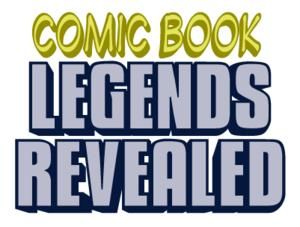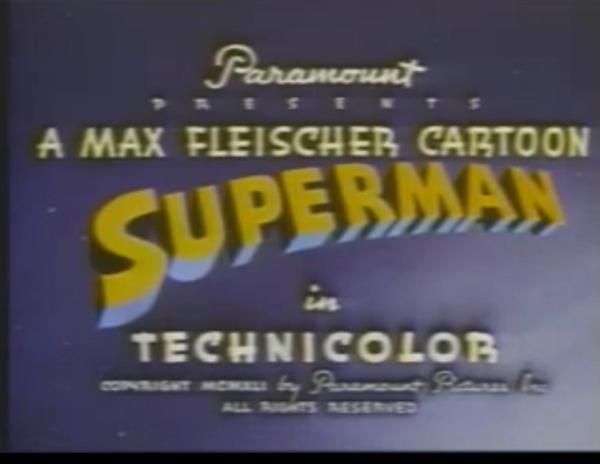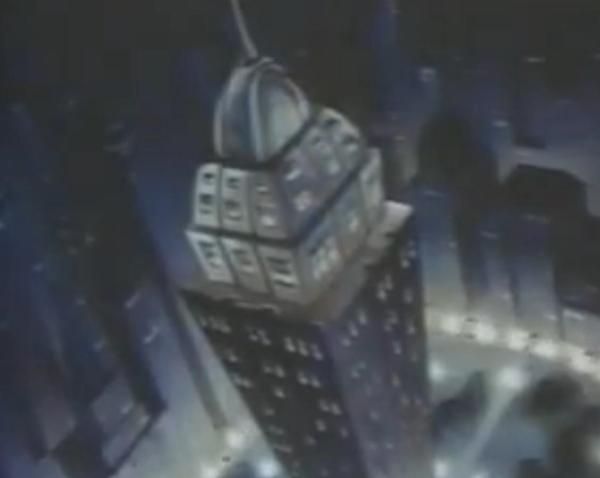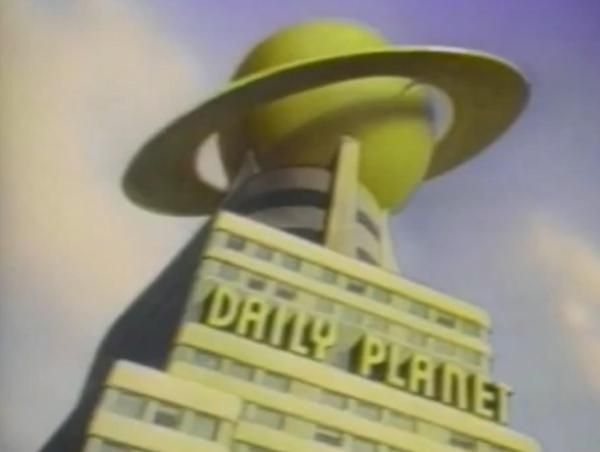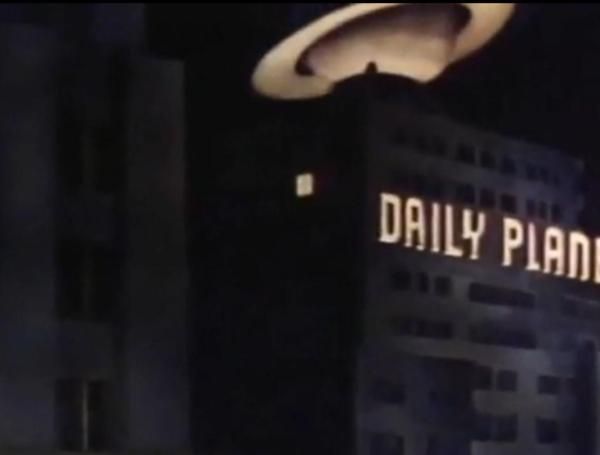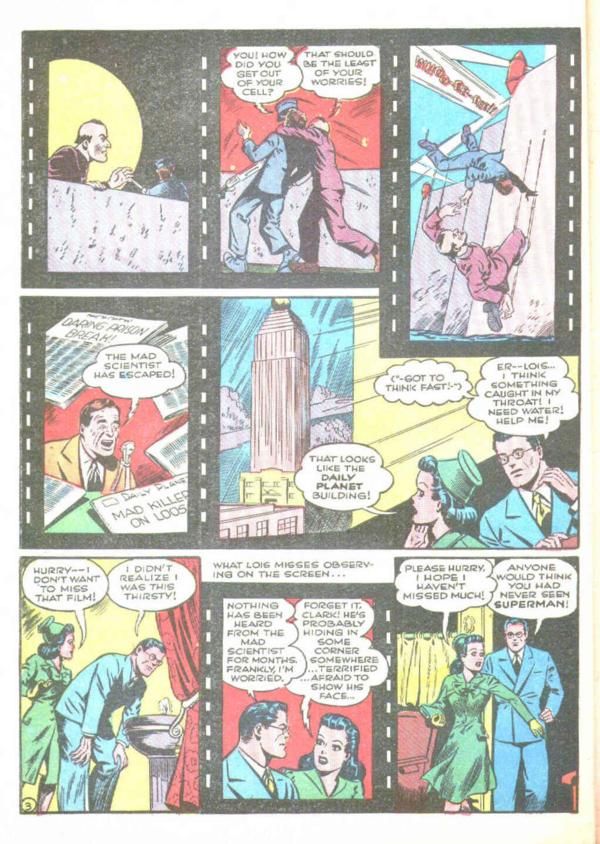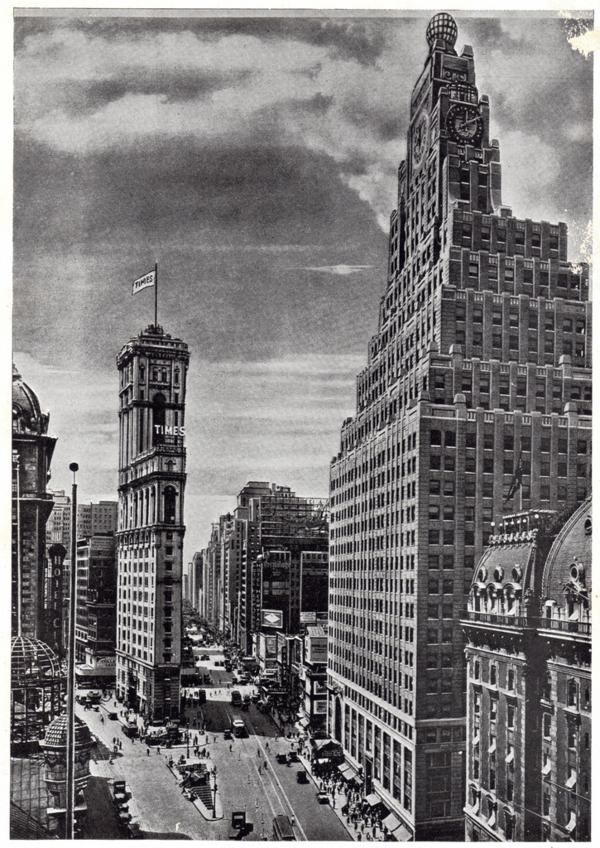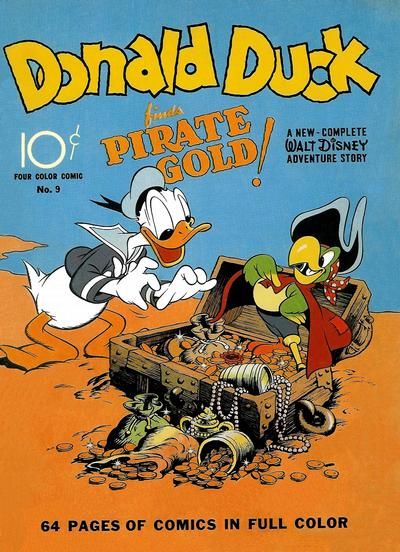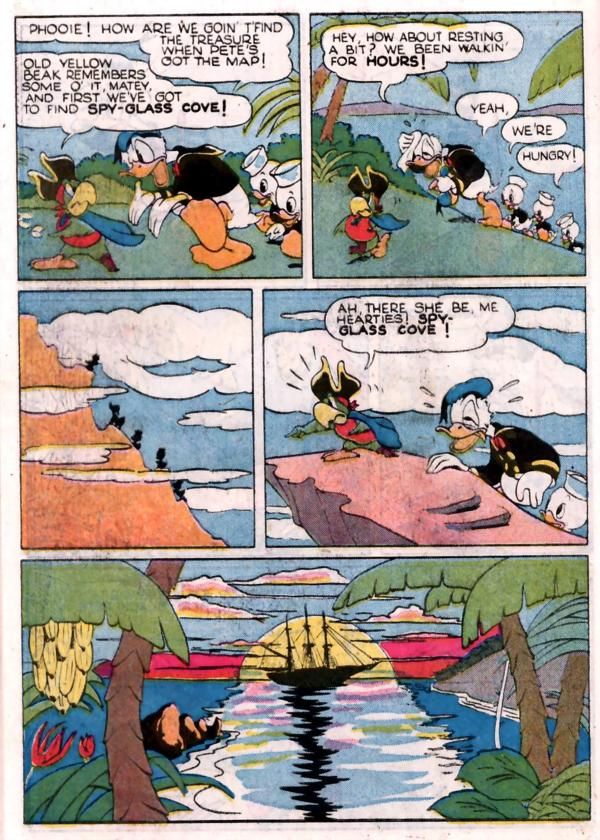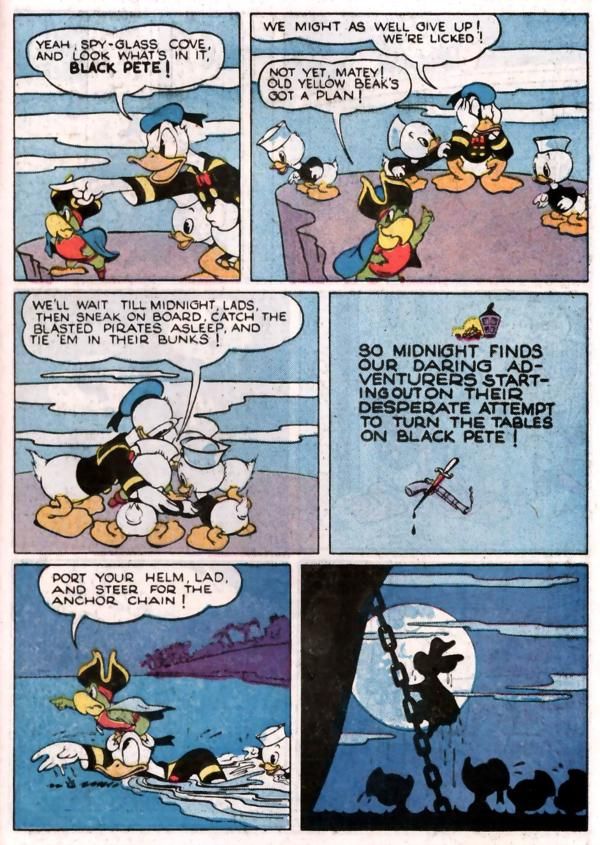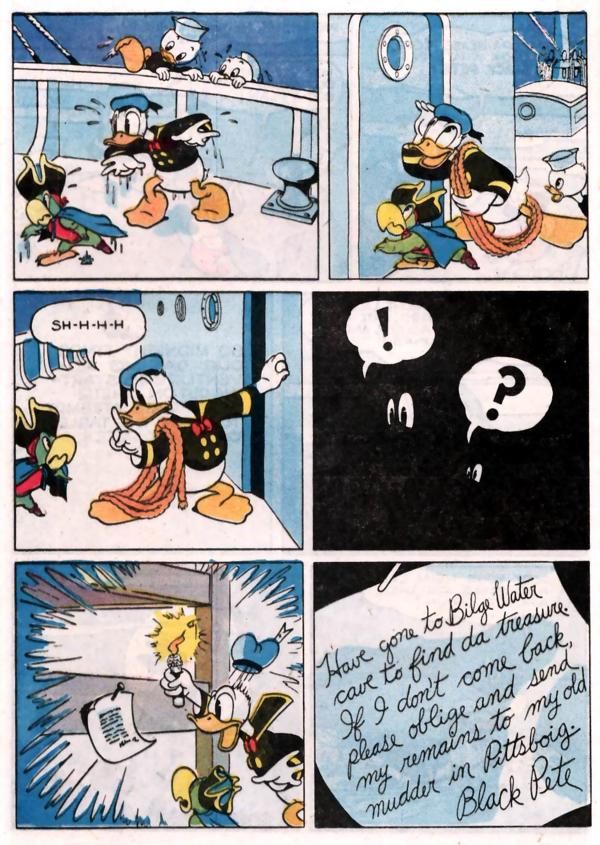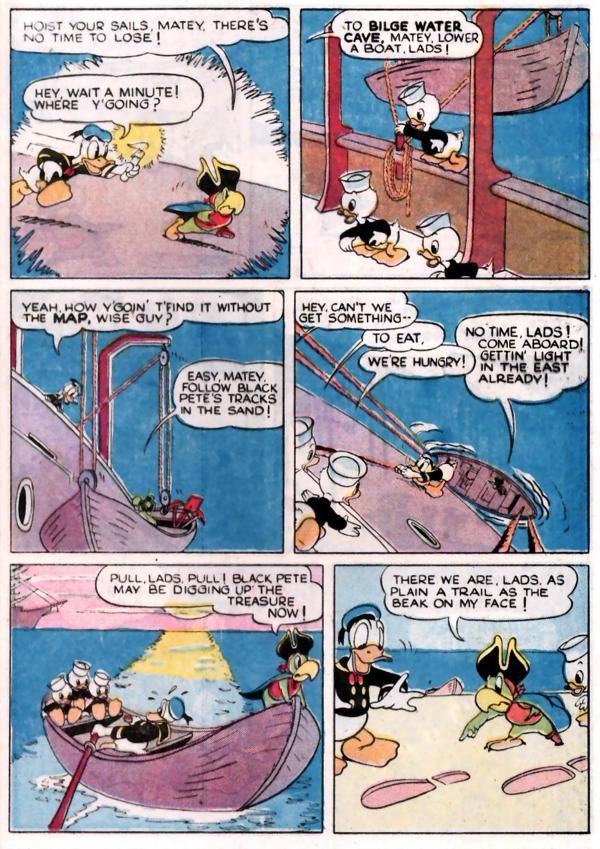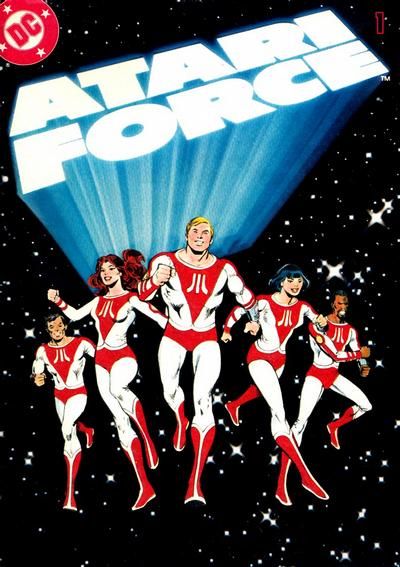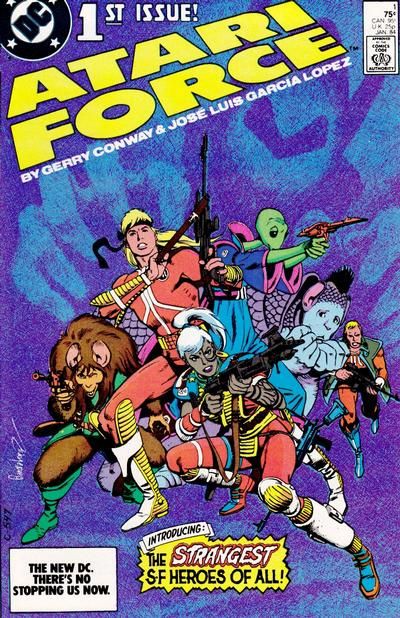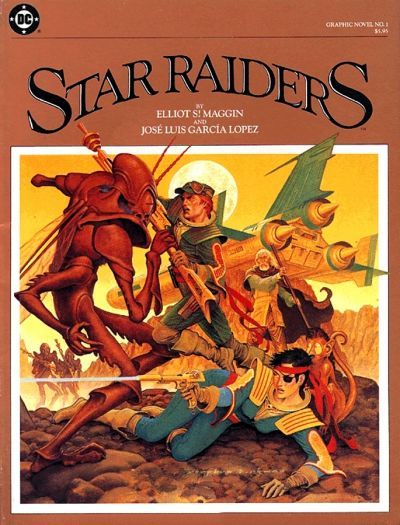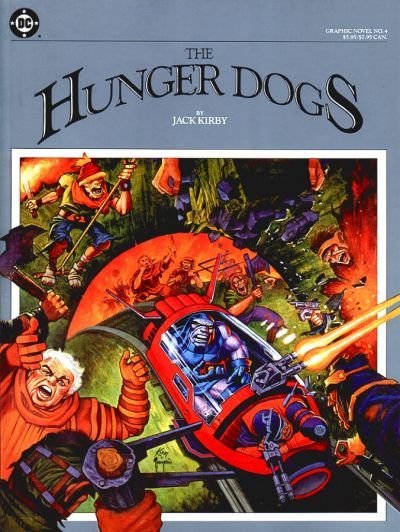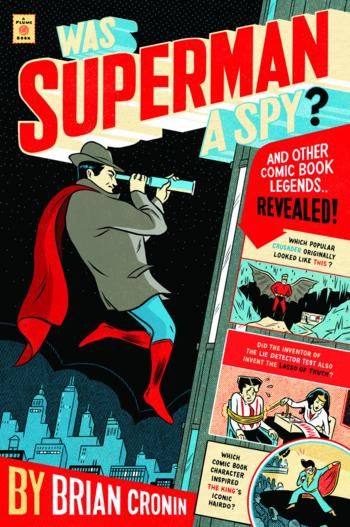Welcome to the two-hundred and seventy-eighth in a series of examinations of comic book legends and whether they are true or false. Click here for an archive of the previous two hundred and seventy-seven.
Comic Book Legends Revealed is part of the larger Legends Revealed series, where I look into legends about the worlds of entertainment and sports, which you can check out here, at legendsrevealed.com. I'd especially recommend you check out this installment of Football Legends Revealed to learn about three legends involving the Super Bowl Champion New Orleans Saints!!
Follow Comics Should Be Good on Twitter and on Facebook (also, feel free to share Comic Book Legends Revealed on your Facebook page!). As I've promised, at 2,000 Twitter followers I'll do a BONUS edition of Comic Book Legends Revealed during the week we hit 2,000. So go follow us (here's the link to our Twitter page again)! Not only will you get updates when new blog posts show up on both Twitter and Facebook, but you'll get original content from me, as well!
This week has a sort of theme - all legends involving other media impacting comic books!
Let's begin!
COMIC LEGEND: The Huron Road Building in Cleveland was the inspiration for the Daily Planet building.
STATUS: I'm Going With False
During a recent Comic Book Legends Revealed involving Joe Shuster's inspiration for the newspaper Clark Kent originally wrote for, a number of readers were curious about something that they had heard about the Huron Road Building in Cleveland, Ohio.
Specifically, reader Jose asked:
A friend of mine from Cleveland claimed that the design for the Daily Planet building was based on the AT&T building in downtown Cleveland.
Anyone know if this is true or not?
The Huron Road Building was built in 1927. It's a beautiful Art Deco building....
Currently, A T & T owns it...
Now, first off, in the aforementioned column, Joe Shuster was quoted as saying that he did not base any buildings in Superman on buildings in Cleveland.
But moreover, in the early issues of Action Comics and Superman, the buildings really were not distinct either way.
The Daily Planet as we know it appeared not in the comics but in the Fleischer Studios cartoon.
When the Fleischer cartoons began, this was what their Daily Planet building looked like...
But by their fourth episode, they had come upon the classic look...
Here's a shot of the building from the fifth episode...
Later that year, in Superman #19, the Daily Planet building from the cartoon was brought into the comics, courtesy of Joe Shuster, Ed Dobrotka and John Sikela...
Eventually the rings were added and that has been the Daily Planet Building ever since.
The great comic book historian Bob Hughes believes, and I concur, that the most likely inspiration for the Daily Planet Building in the cartoon was the Paramount Building in Manhattan.
Fleischer Studios was a New York company and they were distributed BY Paramount. And there's a globe! Even if you DON'T think that they based it on the Paramount Building, I just don't think that there's enough of a case for the Huron Road Building to be considered as the inspiration for the Daily Planet Building (even though the current owners still claim it).
Thanks to Bob Hughes for the great reference work! And thanks to Jose for the question!
COMIC LEGEND: A rejected Disney cartoon formed the basis for the first Carl Barks duck tale!
STATUS: True
In the early 1940s, Western publishing realized something - they were starting to run out of Disney comic strips to reprint! They were going to have to come up with some original Disney content to meet the high demand for Disney comic books.
In 1942, the West Coast editor for Western, Oskar LeBeck, was given permission to examine Disney's archives for ideas for original comics (Western had already begun to do a few original comics, such as Carl Barks' first ever comic book story, Pluto Saves the Ship, in Large Feature Comic #7)...
Disney had done a number of cartoons in the 1930s teaming up Mickey Mouse, Donald Duck and Goofy on a series of adventures.
Disney writers Dick Creadon and Al Perkins worked on a NEW feature starring the trio, with the gang getting involved in a pirate story along with that nasty bad guy, Pete.
Over the next couple of years, a number of storyboard artists at Disney did work on the story, almost 800 storyboard drawings were made for the feature! However, by this time, World War II had begun and Disney greatly reduced their output of featurettes, as Walt Disney felt that they had better do stuff for the war effort.
So when LeBeck went through the archives, he was shocked to find this pirate story pretty much ALL TOLD!
He hired Bob Karp, who was contributing to the Donald Duck comic strip at the time, to write a script based on the story. Studio partners Carl Barks and John Hannah were recommended to do the art, and so, in 1942's Four Color Comics #9, we see Donald Duck Finds Pirate Gold, Carl Barks' FIRST Donald Duck comic book story!
Here are some sample pages...
As you know, this new artistic avenue was quickly embraced by Barks, who quit/retired from the Disney studio soon afterwards to concentrate solely on writing/drawing Disney comics.
And all from a rejected cartoon!
Thanks to Wade Sampson's brilliant write-up of the story for the full info (check it out here, it's a long and great read) and thanks to Anthony Durrant for suggesting this legend! Anthony also suggested the NEXT legend! You go, Anthony!!
COMIC LEGEND: DC's first Graphic Novel consisted of unused comic book inserts that were meant to go with a video game.
STATUS: True
Licensed comic books can often be a real pip, especially if the product your basing your comic book on goes belly up. To wit, Marvel's Rom comic book was likely more successful than the toy line it was based on!
This was particularly evident when DC debuted their Atari Force comic books.
Atari Force was created by DC to tie in with various Atari video games. They were included with purchases of certain Atari games (the Atari 2600 console, which I believe was just pretty much called "Atari" back then).
The series was popular enough that DC gave the comic its own ongoing series...
Atari released a brand new system, Atari 5200, in late 1982. It proved to be a disaster. 1983 pretty much ruined Atari, as their technology grew outdated SO quickly (or whatever other reason you want to come up with for their collapse - I certainly am no expert on the video game crash of 1983) that they went from being top-of-the-line to being the joke of the market within a year's time. They were losing upwards of $10,000 PER DAY in 1983!
Atari had hired DC to create another mini-series that they would insert into games in 1983, but when Jose Luis Gracia-Lopez was just 40 pages into drawing the 120 page series (based on a script by Elliot S! Maggin), Atari canceled the deal.
DC, not wanting to waste 40 pages of Elliot S! Maggin and Jose Luis Garcia-Lopez story, instead decided to have Maggin wrap the story up in another 20 or so pages and then launch a brand new line of "DC Graphic Novels," with one large Star Raiders story as the very first one!!
This is the series that later saw the publication of Jack Kirby's Hunger Dogs...
This was Julie Schwartz's last series that he edited.
And it was all because of a failed video game promotion.
Weird, eh?
Thanks again to Anthony Durrant for the suggestion!
Okay, that's it for this week!
Thanks to the Grand Comics Database for this week's covers! And thanks to Brandon Hanvey for the Comic Book Legends Revealed logo!
Feel free (heck, I implore you!) to write in with your suggestions for future installments! My e-mail address is cronb01@aol.com. And my Twitter feed is http://twitter.com/brian_cronin, so you can ask me legends there, as well!
As you likely know by now, in April of last year my book came out!
Here is the cover by artist Mickey Duzyj. I think he did a very nice job (click to enlarge)...
If you'd like to order it, you can use the following code if you'd like to send me a bit of a referral fee...
Was Superman a Spy?: And Other Comic Book Legends Revealed
See you all next week!

